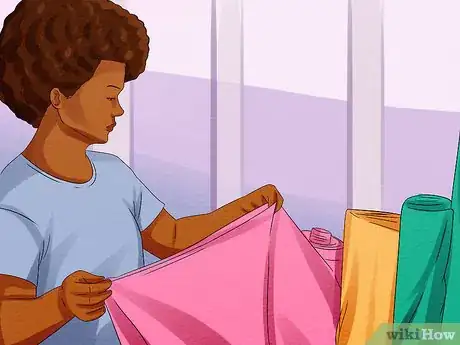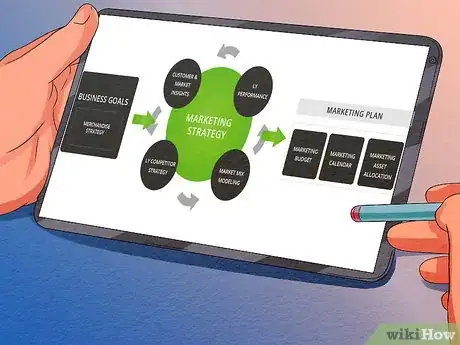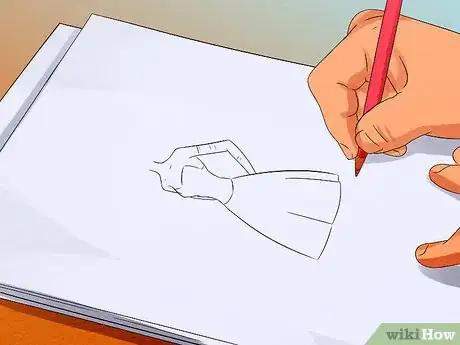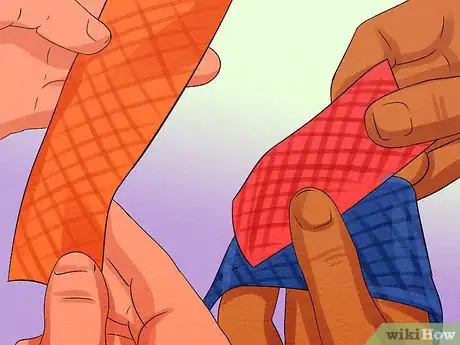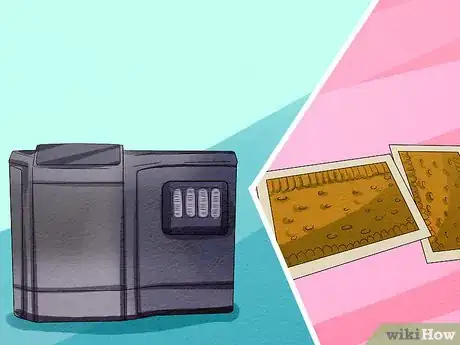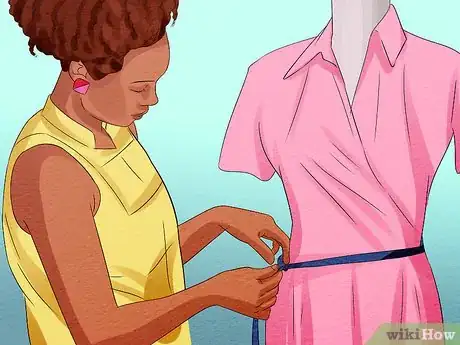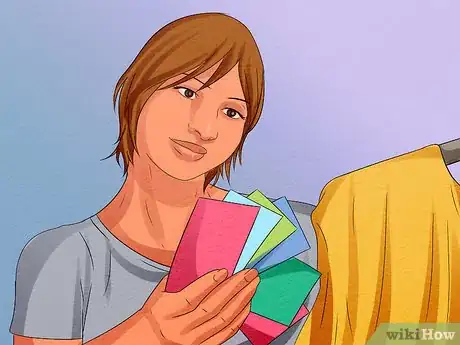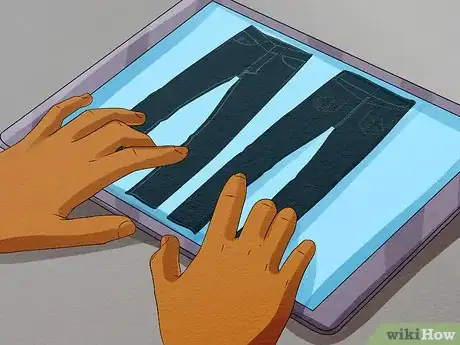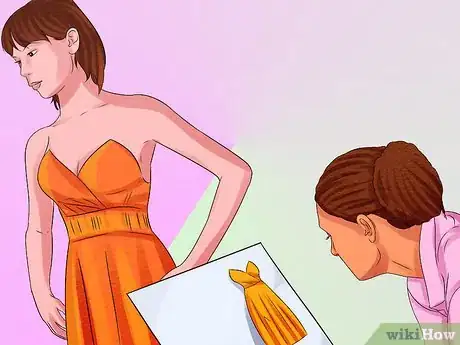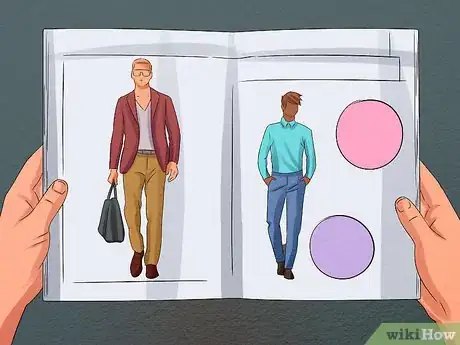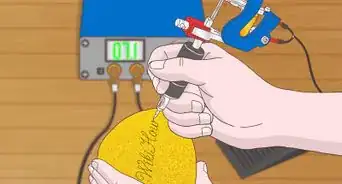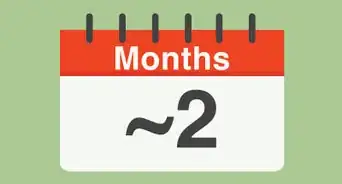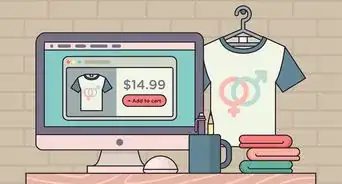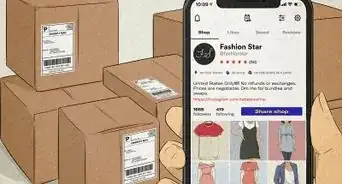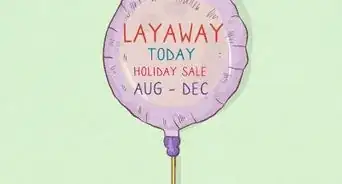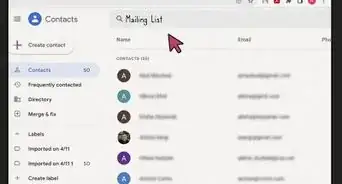wikiHow is a “wiki,” similar to Wikipedia, which means that many of our articles are co-written by multiple authors. To create this article, 9 people, some anonymous, worked to edit and improve it over time.
This article has been viewed 30,886 times.
Learn more...
Many entrepreneurs seek to enter into the business of fashion design. Yet, a desire to design an apparel line is not the same as having the requisite training and experience to achieve this. While creativity is a major part of apparel design, the reality is that well-honed technical skills and sound operational knowledge are necessary to transform that creativity into a profitable start-up fashion business. Most fashion entrepreneurs fail because they do not know how to communicate and negotiate with the technical experts in development and production. With this is in mind, the following suggestions will help you to be successful as a fashion designer, by learning how to combine your creativity with your business nous.
Steps
-
1Buy and assess inspirational samples. Buy the apparel that is similar to your concept. Touch and feel it, and research its fabrics, dyes, and trims.
This background research is an essential part of developing your deeper understanding of what does and does not work when designing and it will also help you to gain an insight into the sorts of things that customers are inclined to buy rather than simply marvel over. -
2Develop your merchandising strategy. A merchandising strategy looks at fashion collections from the viewpoint of the store owner and professional buyer.
Buyers are concerned with how a potential collection will sell in their store; they do not want to be left with a product that doesn't sell or have to be heavily discounted. By developing a merchandising strategy, you can address the concerns of retailers as to what makes your collection likely to sell, including its price, quality,, and likely appeal to customers.- You can find more help on developing this aspect of your business by reading How to develop a marketing strategy and How to design a successful promotional product strategy.
Advertisement -
3Create technical sketches of the pieces in your fashion collection. Technical design sketches are not mere renderings!
These sketches describe cut angles, stitch patterns, fit and trim placement. They help you to be more aware of what is possible and what might end up being too expensive or even unrealistic. Do not cut corners on this part of your design process, it is the foundation for proving the worth of your designs. -
4Research fabrics for their creativity, durability, and cost. Most budding designers overemphasize the value of a fabric’s look and appearance. Remember to consider fabric’s impact on your production costs and how it handles repeated laundering and wear. Be aware of what customers are most interested in, such as no need to iron, forgiving drapes,, and plenty of "give" in the fabric.
-
5Create prints that make your apparel unique. Ensure the fabrics can hold the print effectively. Get test swatches done and keep working on the pattern and print designs until you're absolutely happy that they're unique to your design range.
- Make use of digital tools to help you develop patterns. You might even consider borrowing a 3-D printer to help with creating inexpensive samples.
-
6Select trims that make your clothing durable, easy-to-wear, and strong. Look for such trims as buttons, zippers, and metallic strips that give your pieces an edge over the less well-made competition.
Ensure a match between fabrics, prints, and trim, so that the pieces remain firm and will endure repeated washing. If your clothing line becomes known for its durability and reliability, this will be an absolute plus for future sales. -
7Search and qualify sample makers. Sample makers specialize, so find the one that does click with the designs you're developing. Do not expect a sample maker to be effective at both company uniforms and swimwear. Always choose the one that matches appropriately with the designs you're making.
-
8Create the detailed technical packet. The technical packet is the “order” that a sample maker understands. They follow, to the letter, the instructions in the technical packet.
If you're not that great at writing instructional or technical content, hire someone who can do this well. This will only be a small investment and it's well worth it. You might also consider using basic instructional diagrams and drawings if these assist in a complete understanding and avoid confusion. -
9Conduct a fit session to assess the fit of the samples on models. The designer must check each item of clothing for correct stitching, fit to body, and patterns. Mistakes are annotated on the technical packet and returned to the sample maker.
It is very important that you are personally across this aspect and do not leave it to anybody else. Only you will be able to spot the finer issues that you consider need remedying to be worthy of your clothing line, so make time to do this and do it with care. -
10Create Look Books. Look Books explain the unique features of your sales samples to potential fashion buyers. The Look Book can be a few pages of collages of images showing how your collection is to be worn, and by what type of consumer. Use someone good with book and graphic design; a good book designer will support your good design.
- If you are good with graphic design and using software programs, you may be able to do this aspect yourself.
Community Q&A
-
QuestionDoes fashion design bring in lots of money?
 Community AnswerIt depends on your geographic location, how well you do, and how many people begin to follow your brand.
Community AnswerIt depends on your geographic location, how well you do, and how many people begin to follow your brand. -
QuestionIs it difficult to be a fashion clothing designer if I can't draw?
 Community AnswerYes it is, because you need to design the clothes on paper first.
Community AnswerYes it is, because you need to design the clothes on paper first. -
QuestionIs it easy to learn fashion design?
 Community AnswerDepends. If you have a natural gift for it, you may be doing it everyday without knowing it! But if you have absolutely idea what does or doesn't go with a beige cardigan (or a kimono now), then you will have to do quite a bit of research and color matching memorization.
Community AnswerDepends. If you have a natural gift for it, you may be doing it everyday without knowing it! But if you have absolutely idea what does or doesn't go with a beige cardigan (or a kimono now), then you will have to do quite a bit of research and color matching memorization.
Warnings
- Be aware of cheap sample makers; the savings made may cost you dearly in the long run.⧼thumbs_response⧽
